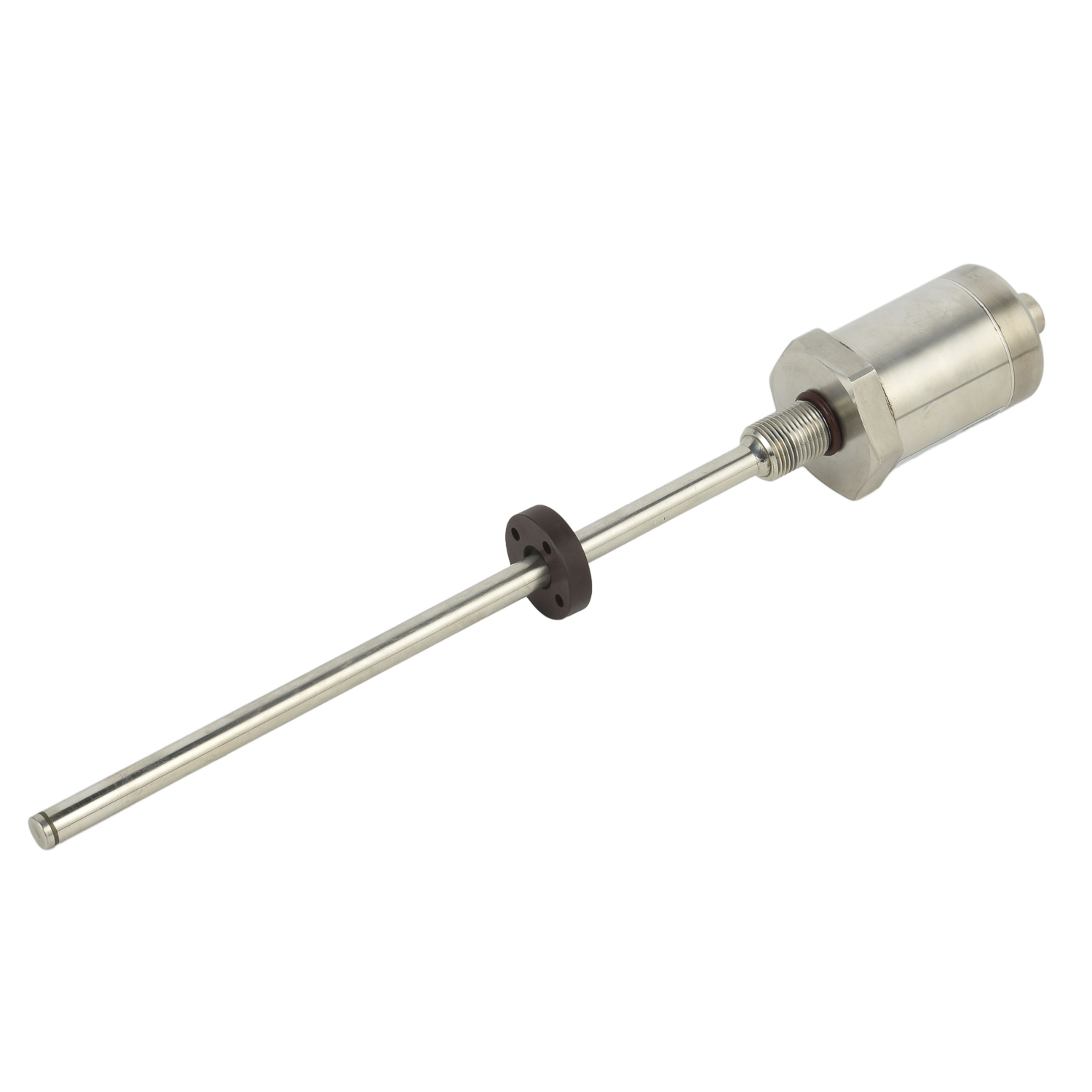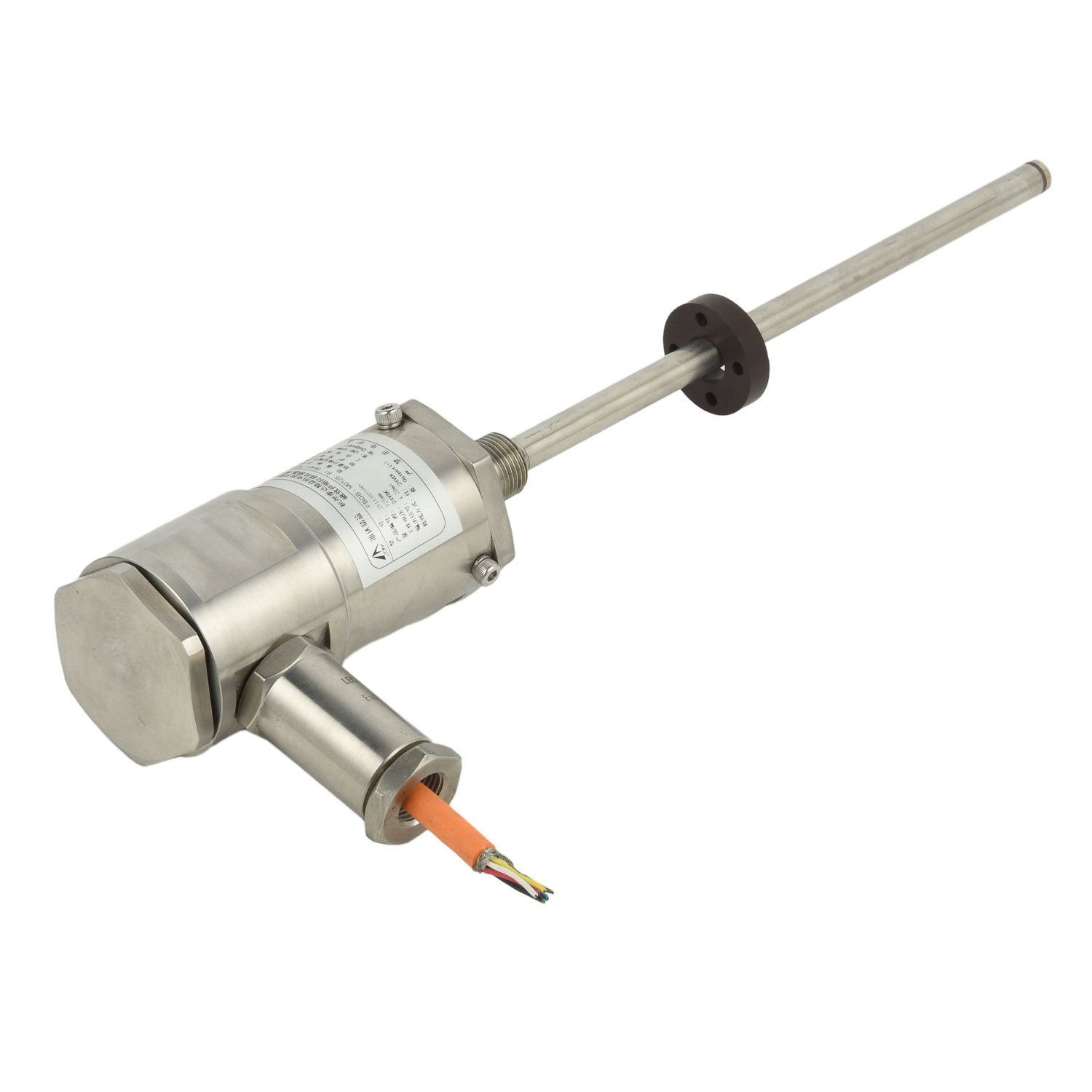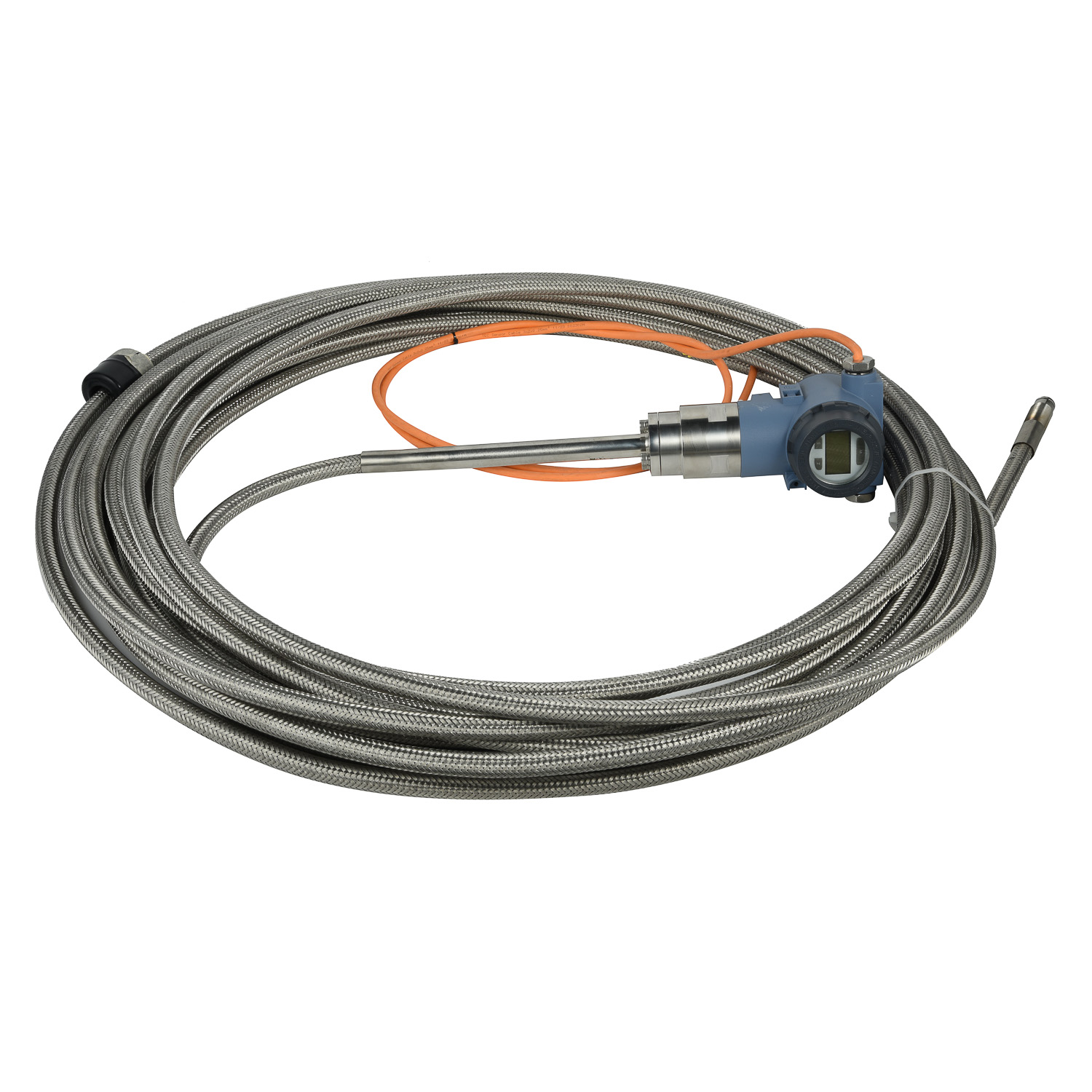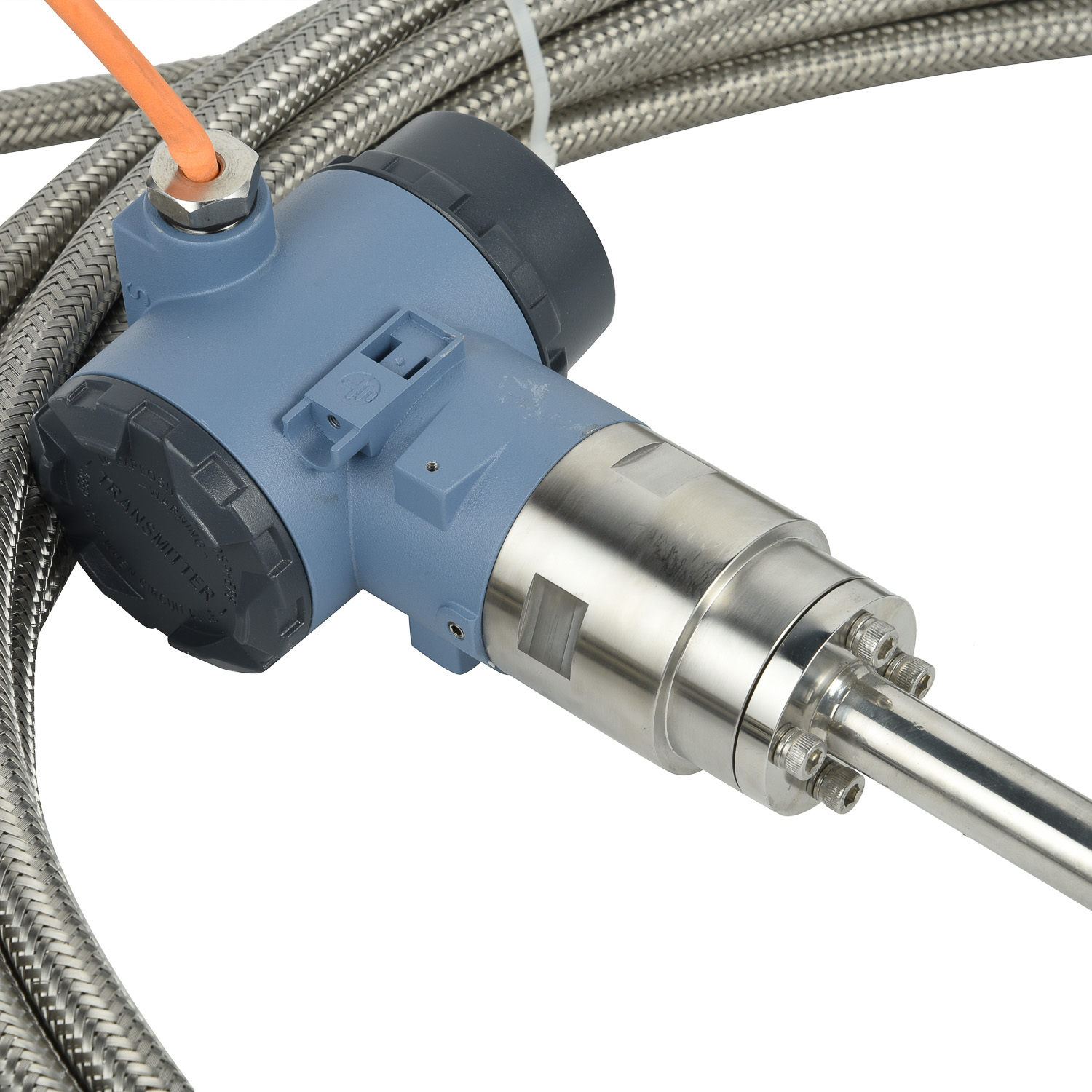How to implement multi-level synchronous monitoring with magnetostrictive technology?
Understanding Magnetostrictive Technology Fundamentals
Magnetostrictive technology represents a breakthrough in precision measurement systems, operating through the unique principle of magnetostriction where ferromagnetic materials change shape when exposed to magnetic fields. This sophisticated technology utilizes a waveguide tube containing a magnetostrictive wire that generates torsional stress waves when interacting with magnetic fields from position magnets. The system calculates position by measuring the time interval between the generation of these waves and their detection, delivering exceptional accuracy within micrometers. This fundamental understanding forms the cornerstone for implementing reliable multi-level monitoring systems across various industrial applications, providing unparalleled measurement precision that surpasses conventional sensing methods.
Designing Multi-Level Monitoring Architecture
Creating an effective multi-level synchronous monitoring system requires meticulous architectural planning that integrates multiple sensing points along a single magnetostrictive waveguide. The design incorporates strategically placed position magnets at each monitoring level, synchronized through a centralized control unit that processes data from all levels simultaneously. This architecture employs time-division multiplexing techniques to distinguish signals from different levels, ensuring accurate positional data acquisition without interference. The system design must account for environmental factors, measurement range requirements, and the specific dynamics of the monitored machinery. Advanced systems incorporate redundant sensing pathways and fail-safe mechanisms to maintain operational integrity, while modular designs allow for scalable implementation across various industrial setups.

Installation and Calibration Procedures
Proper installation begins with mounting the magnetostrictive sensor in a stable, vibration-free environment, ensuring precise alignment with the moving components being monitored. Technicians must securely position multiple position magnets at each monitoring level, maintaining consistent orientation and clearance specifications. The calibration process involves establishing reference points for all monitoring levels, using laser alignment tools to verify positional accuracy. System calibration requires programming the control unit with specific parameters for each level, including stroke length, resolution requirements, and sampling rates. Comprehensive testing under operational conditions validates the synchronization across all monitoring points, with fine-tuning adjustments made to optimize performance. Regular calibration checks maintain long-term accuracy, with documentation of all calibration parameters for future reference and system maintenance.
Implementing Real-Time Data Synchronization
Achieving true synchronous monitoring demands sophisticated data synchronization protocols that coordinate information from multiple sensing points. The system utilizes high-speed processors that timestamp data from each level with microsecond precision, employing specialized algorithms to correlate positional information across all monitored points. Real-time synchronization is maintained through dedicated communication protocols like EtherCAT or PROFINET, which ensure deterministic data transmission between the sensor and control systems. Advanced implementations incorporate predictive analytics that process synchronized data to identify patterns and anomalies across multiple levels simultaneously. The synchronization framework must handle data from various monitoring points without latency, providing a cohesive operational picture that enables immediate response to positional deviations and system irregularities.
Troubleshooting Common Implementation Challenges
Even well-designed magnetostrictive monitoring systems encounter operational challenges that require systematic troubleshooting approaches. Common issues include signal interference from adjacent electrical equipment, which can be mitigated through proper shielding and grounding techniques. Temperature variations affecting measurement accuracy necessitate compensation algorithms and environmental controls. Mechanical wear on position magnets or waveguide surfaces demands regular inspection and preventive maintenance schedules. Synchronization errors between monitoring levels often stem from timing discrepancies that require recalibration of the control unit's clock synchronization mechanisms. Experienced technicians utilize diagnostic software to identify root causes, while comprehensive logging systems track performance metrics to anticipate potential failures before they impact monitoring accuracy.
Optimizing System Performance and Reliability
Maximizing the effectiveness of magnetostrictive monitoring systems involves continuous performance optimization through data analysis and system refinements. Regular performance audits assess measurement consistency across all monitoring levels, identifying areas for improvement in sensor placement or signal processing parameters. Reliability enhancements include implementing redundant systems for critical monitoring points and establishing preventive maintenance protocols based on operational hours and environmental conditions. Advanced systems incorporate self-diagnostic capabilities that automatically adjust calibration parameters and alert operators to developing issues. Performance optimization also extends to energy efficiency, with modern systems designed to minimize power consumption while maintaining precise monitoring capabilities. Long-term reliability stems from comprehensive documentation, trained maintenance personnel, and established procedures for system upgrades and expansions.
 UpgradingYourLevelMeasurementS
UpgradingYourLevelMeasurementS
 Why are magnetostrictive level
Why are magnetostrictive level
 ComparingMagnetostrictiveandRa
ComparingMagnetostrictiveandRa
 MagnetostrictiveLevelSensorfor
MagnetostrictiveLevelSensorfor
